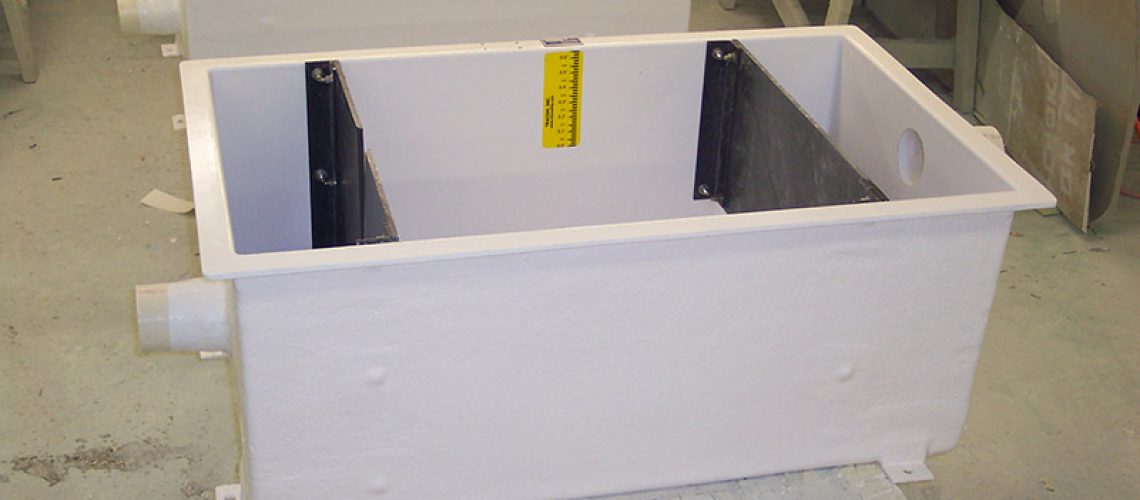Weir boxes are a helpful wastewater solution that can assist with the management and measurement of flow channels. If you’re thinking of utilizing a weir box for your flow channel, it’s best to know exactly what you’re in for first. Learn all about weir boxes 101, and discover everything you need to know about these handy wastewater solutions for your flow channel.
Weir Box Basics
A weir box is a device that is implemented into a flow channel and is used to measure flow rate. They are limited in their use, as they’re only effective with flows measuring from about 10 to 500 gallons per minute. Anything outside of that range will lead to inaccurate measurements. There are some changes you can make, however, that can account for some variation. V-notch weirs, for example, can measure some low flows, while higher flows can be measured provided there is extensive flow conditioning in place.
Flow conditioning can take quite a few different forms, but baffles are the most common. These perforated plates can be used in multiple styles depending on what kind of conditioning you need. For example, perforated baffles are best used when the flow comes into the box vertically, while over/underflow plates help with horizontal flow entrances.
Implementing a Weir Box
When you’re looking to implement a weir box into your flow channel, there are a few areas where it would be best suited. Unlike a flume, a weir box is designed to deal with specific situations rather than normal flow channels. A weir box, for example, is helpful in a channel where debris and other solids need to be separated from the flow, like with a dam seepage. Alternatively, a weir box is helpful when the upstream conditions of a channel don’t allow for a flume.
When you’re installing a flume into a piped channel, abnormal conditions can make the work difficult. Weir boxes are more adept at dealing with odd piping conditions including multiple pipes and large slopes. Additionally, weir boxes are useful for separating flow streams and providing accurate readings in areas where extensive flow conditioning measures have to be taken.
Weir Plates
A weir is able to measure flow accurately thanks to weir plates. There are several kinds of plates available, and they can be set at different angles. The V-notch is among the most popular, but you can also opt for a Cipoletti or rectangular design. Just keep in mind that a rectangular plate can really only be used if your weir box is extensively wide.
Weir plates are essential for proper measurements, but they’re not actually where the flow is measured. The weir plate is just there to control the flow. The actual measurement takes place upstream of the plate, at least three to five times away from the maximum anticipated head. Additionally, the zero elevation point isn’t at the floor of the device like it would be in a flume. Instead, it’s located at least two times the maximum anticipated head away from the floor.
Weir Boxes From Tracom
Now that you know weir boxes 101, it’s time to get your hands on one yourself. That’s where Tracom can help. Contact our team today, and we’ll work together to get you the perfect fiberglass weir box for your flow conditions.



